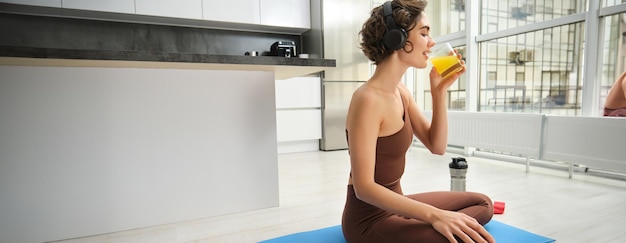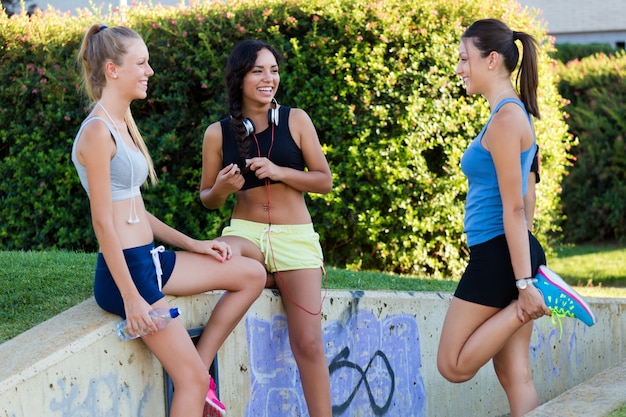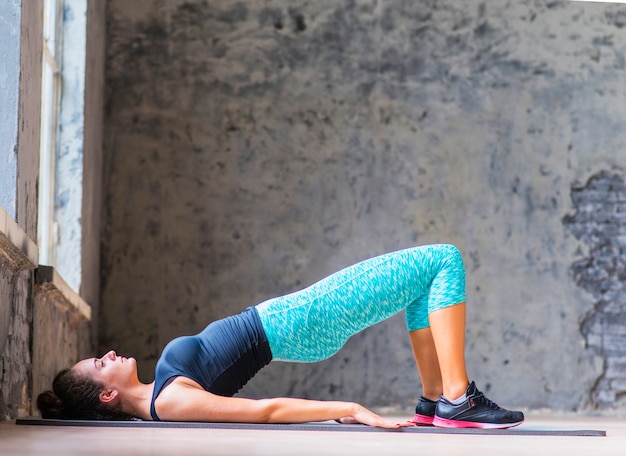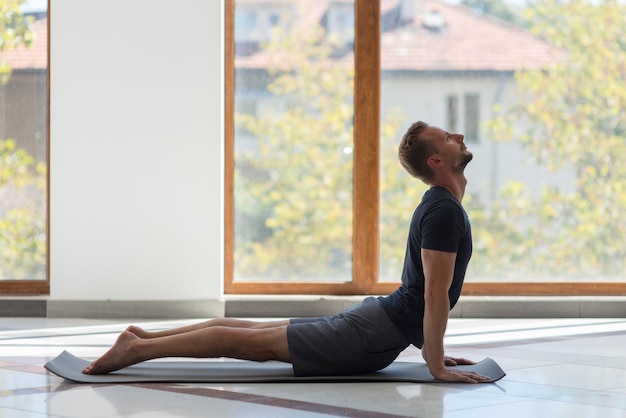18 Simple Hydration Hacks for Teens: Boost Posture, Energy, and Focus Fast
Staying hydrated isn’t just about quenching thirst—it plays a powerful role in how you feel, move, and perform every day. For teens, whose bodies are still growing and adapting, proper hydration can directly impact posture, concentration, energy levels, and even mood. The surprising truth? Even mild dehydration can lead to slouching, fatigue, and brain fog.
This guide delivers 18 quick-start hydration tips specifically designed for teens. Each tip includes actionable steps and clear progress checks so you can see real improvements—starting today.
Why Hydration Matters for Posture
Your spine relies on water-rich discs to stay flexible and cushioned. When you're dehydrated, these discs lose volume, reducing spinal support and making slouching more likely. Muscles also need water to contract and relax efficiently. Without enough fluids, they tighten up, especially in the neck, shoulders, and back—common areas where poor posture starts.
By improving hydration, you're not just helping your organs—you're giving your body the internal support it needs to stand tall and move with ease.

18 Actionable Hydration Tips with Progress Checks
- Start Your Day with a Glass of Water
Before coffee or juice, drink 8–10 oz of water. Your body loses fluids overnight.
Progress Check: Track for 5 days. Note if morning stiffness decreases.
- Carry a Reusable Water Bottle
Choose one with time markers to guide intake throughout the day.
Progress Check: Empty it at least twice daily. Mark completion in a journal.
- Add Natural Flavor
Infuse water with lemon, cucumber, or berries to make it more appealing.
Progress Check: Rate your water enjoyment from 1–5 daily. Aim for consistent 4+.
- Set Phone Reminders
Use alarms every 60–90 minutes to prompt sipping.
Progress Check: Count how many reminders you follow each day. Aim for 80% compliance.
- Hydrate Before, During, and After Sports
Drink 16 oz two hours before activity, 4–8 oz every 15 minutes during, and rehydrate after.
Progress Check: Note energy levels and muscle soreness after workouts.
- Monitor Urine Color
Pale yellow = well-hydrated. Dark yellow = drink more.
Progress Check: Check twice daily for one week. Record color using a simple chart.
- Pair Water with Daily Habits
Drink a glass after brushing teeth, using the restroom, or between classes.
Progress Check: Link hydration to 3 habits. Track success rate over 7 days.
- Eat Water-Rich Foods
Include cucumbers, watermelon, oranges, and celery in meals.
Progress Check: Add one hydrating food daily. Note if thirst decreases.
- Limit Dehydrating Drinks
Reduce soda, energy drinks, and excessive caffeine.
Progress Check: Replace one sugary drink daily with water. Track energy crashes.
- Use a Hydration App
Track intake with free apps that send gentle nudges.
Progress Check: Log consistently for 5 days. Review your average intake.
- Drink Water Before Meals
Have a glass 10–15 minutes before eating to aid digestion and hydration.
Progress Check: Notice if you feel fuller and less bloated.
- Hydrate After Screen Time
Take a water break after 30–60 minutes of phone, gaming, or studying.
Progress Check: Monitor eye strain and neck tension reduction.
- Sleep with Water Nearby
Keep a bottle by your bed for nighttime or early morning sips.
Progress Check: Note if nighttime leg cramps or dry mouth improve.
- Track Daily Goals
Set a target (e.g., 64 oz) and log progress.
Progress Check: Achieve your goal 5 out of 7 days in a week.
- Notice Posture Changes
Stand in front of a mirror weekly. Look for improved alignment.
Progress Check: Take a side-profile photo weekly to compare shoulder and head position.
- Practice Deep Breathing with Hydration
Take 3 deep breaths after each glass to engage core and posture muscles.
Progress Check: Rate your focus and alertness before and after.
- Teach a Friend
Share one tip with a peer. Accountability boosts consistency.
Progress Check: Check in weekly. Did both of you improve intake?
How to Measure Your Progress
True change comes with consistency. Use a simple tracker for 14 days to monitor:
- Daily water intake (oz or cups)
- Urine color (light, medium, dark)
- Energy levels (1–5 scale)
- Posture self-rating (1–5 scale)
- Headaches or fatigue frequency
After two weeks, review your data. Look for trends: Are you standing taller? Feeling sharper? That’s hydration at work.
Final Thoughts
Hydration is a small habit with big rewards—especially for teens building lifelong health patterns. These 18 tips are designed to be easy, sustainable, and measurable. By drinking more water, you’re not just preventing dehydration—you’re creating the internal conditions for better posture, clearer thinking, and stronger physical performance.
Start with just 3 tips today. Track your progress. In a few weeks, you might be surprised at how much better your body feels—simply by staying hydrated.
















